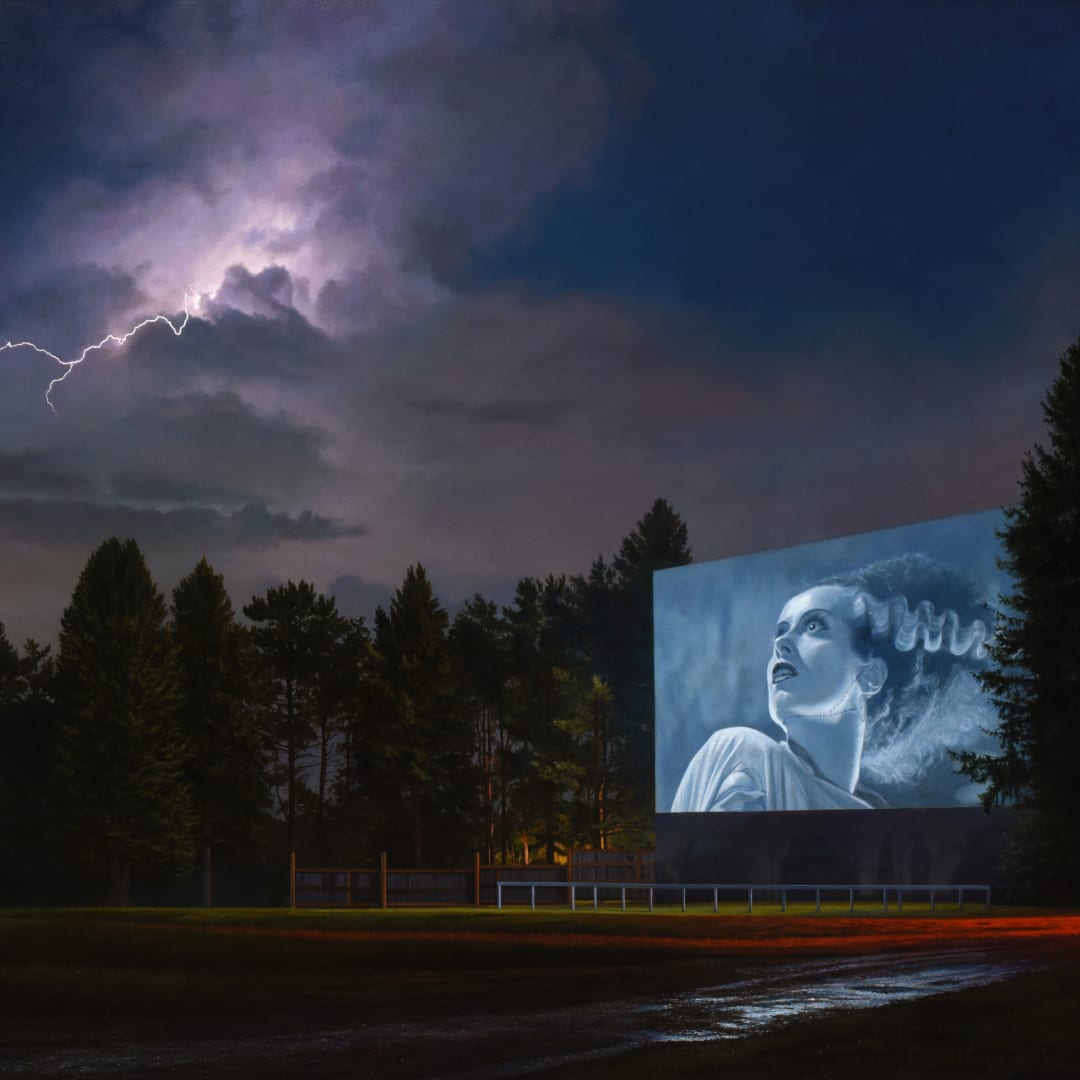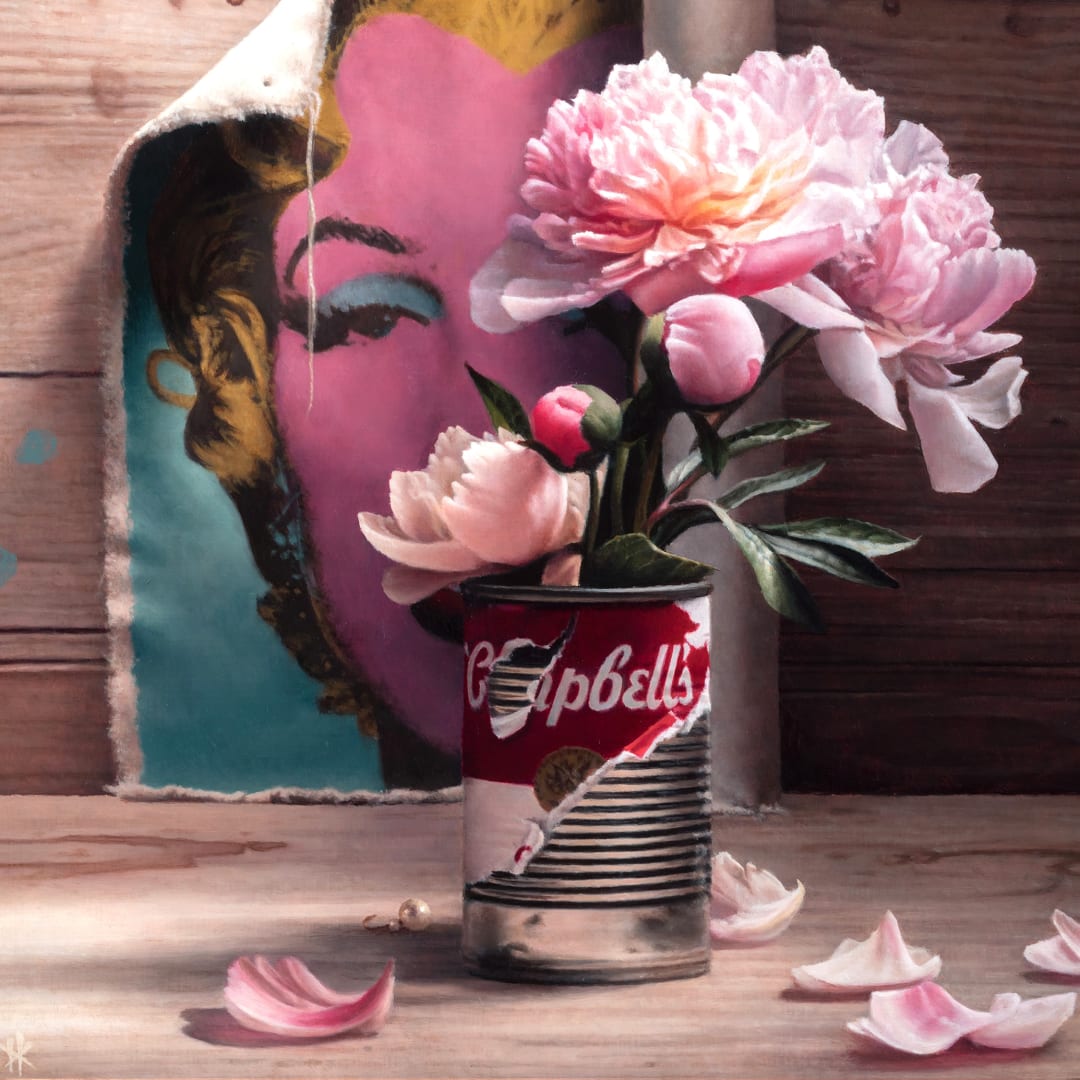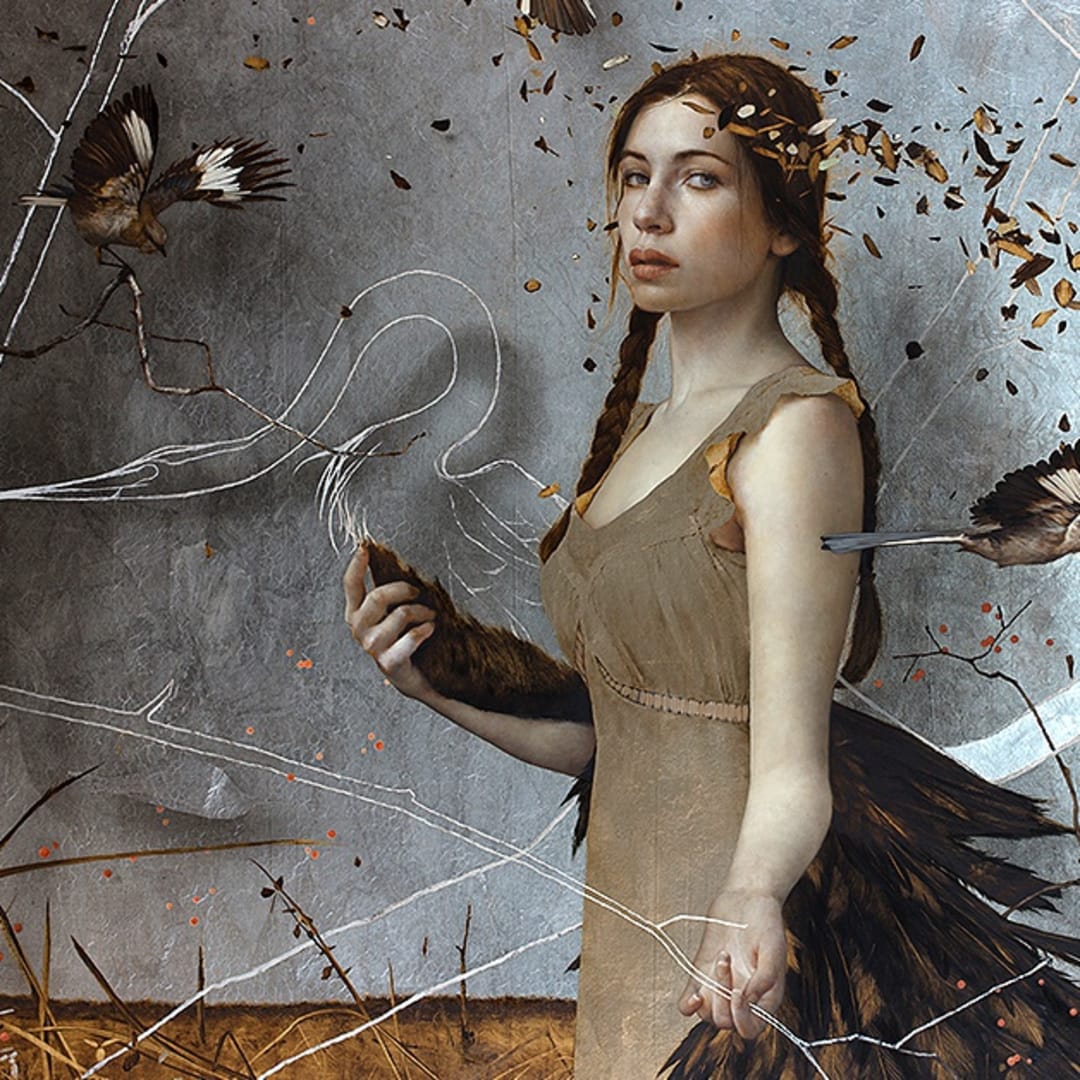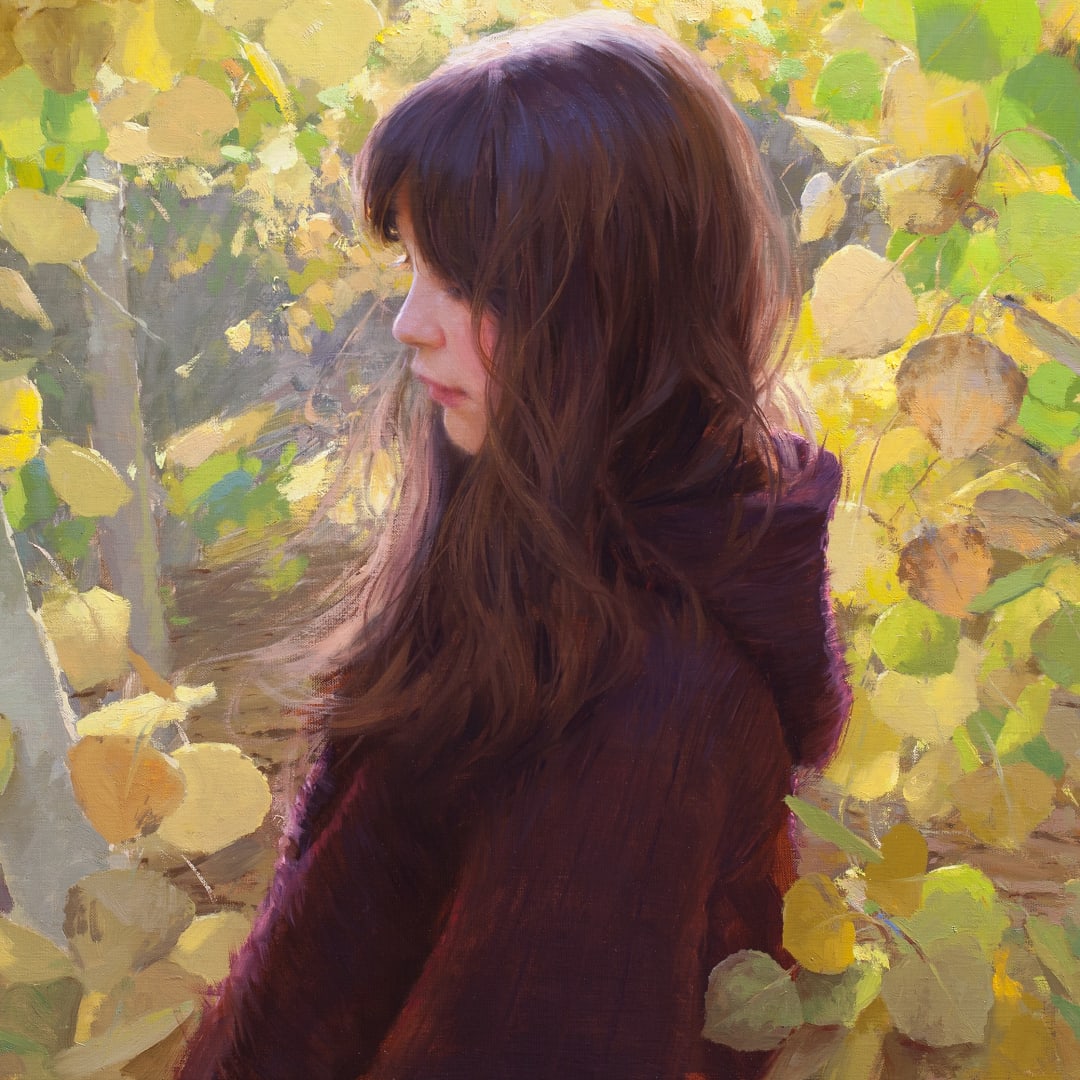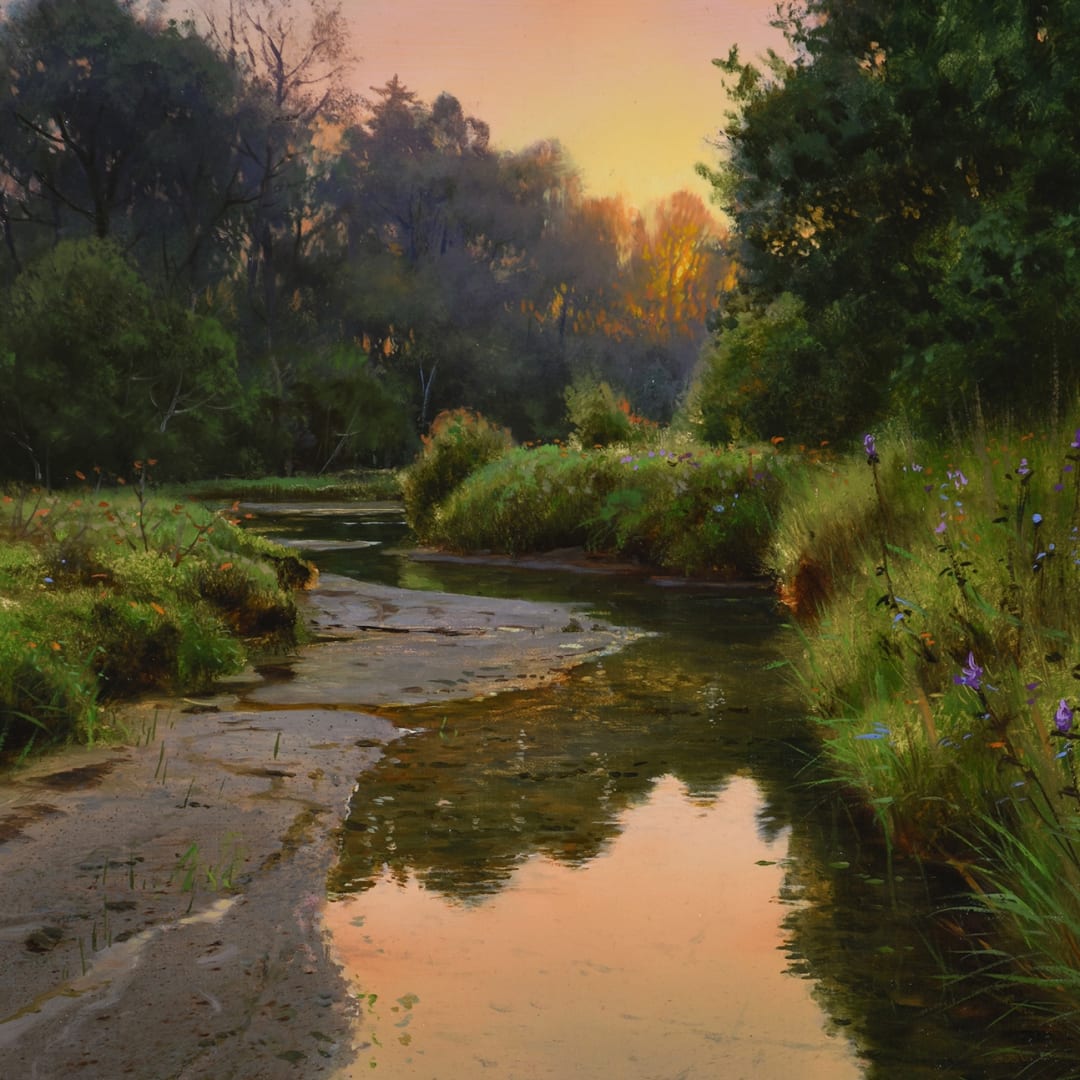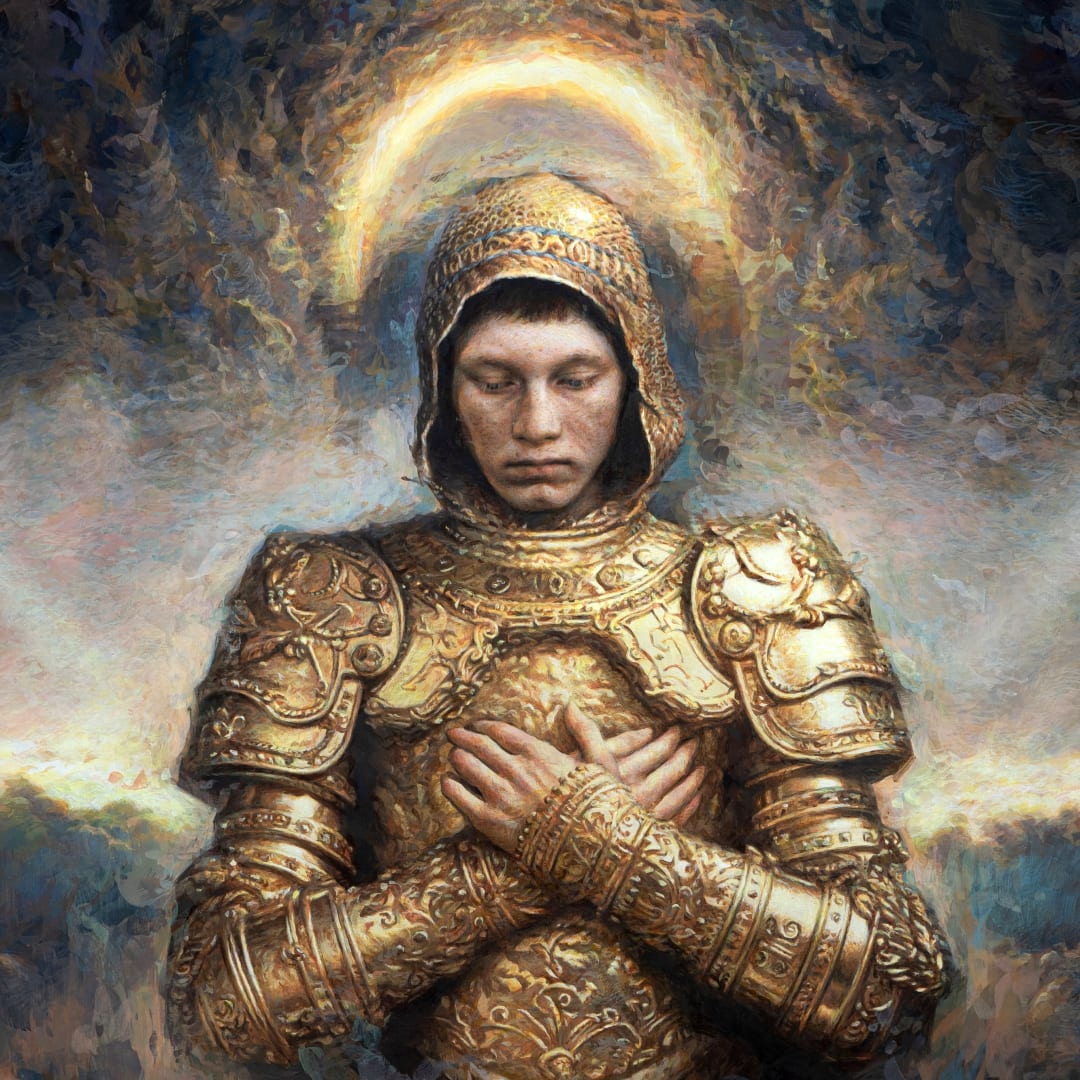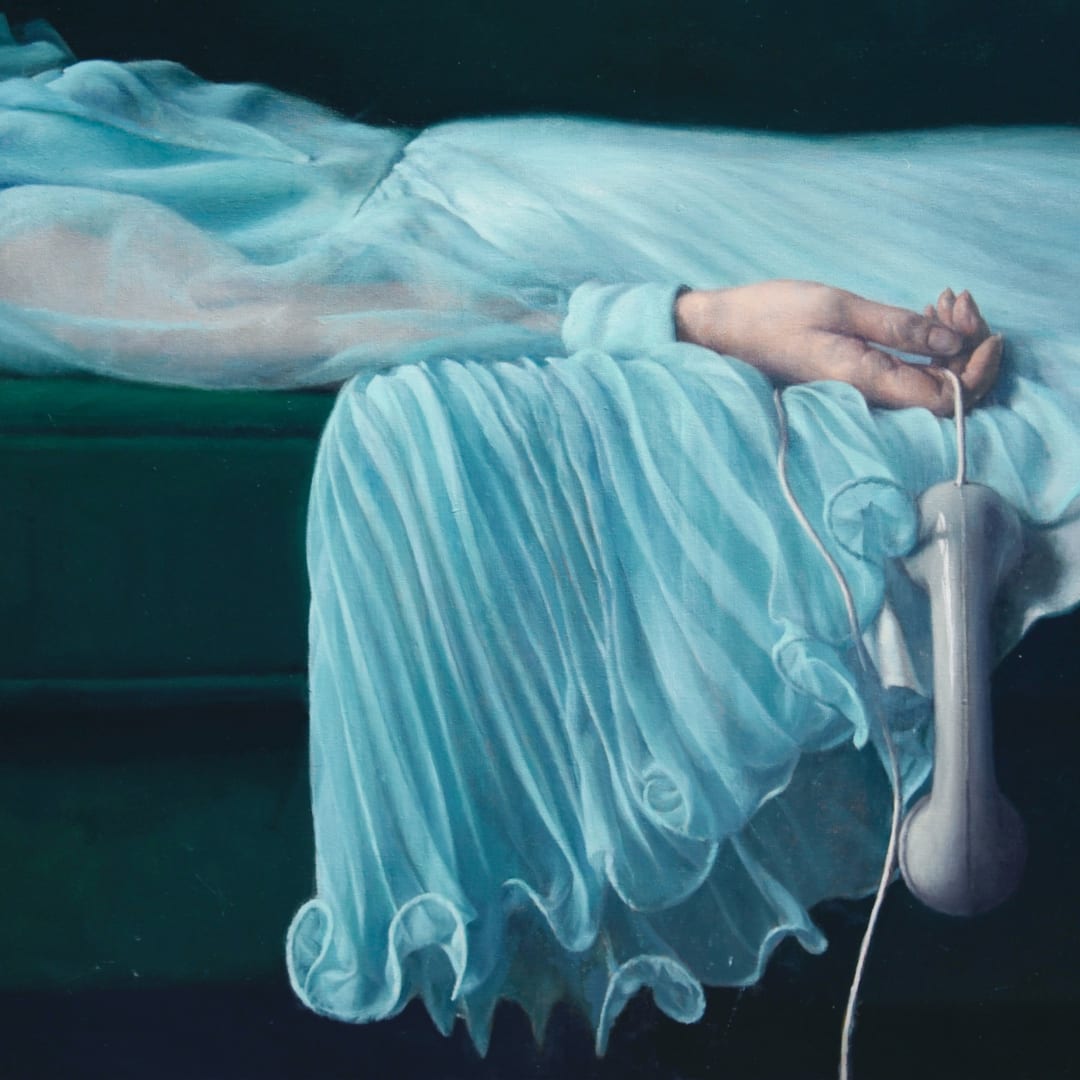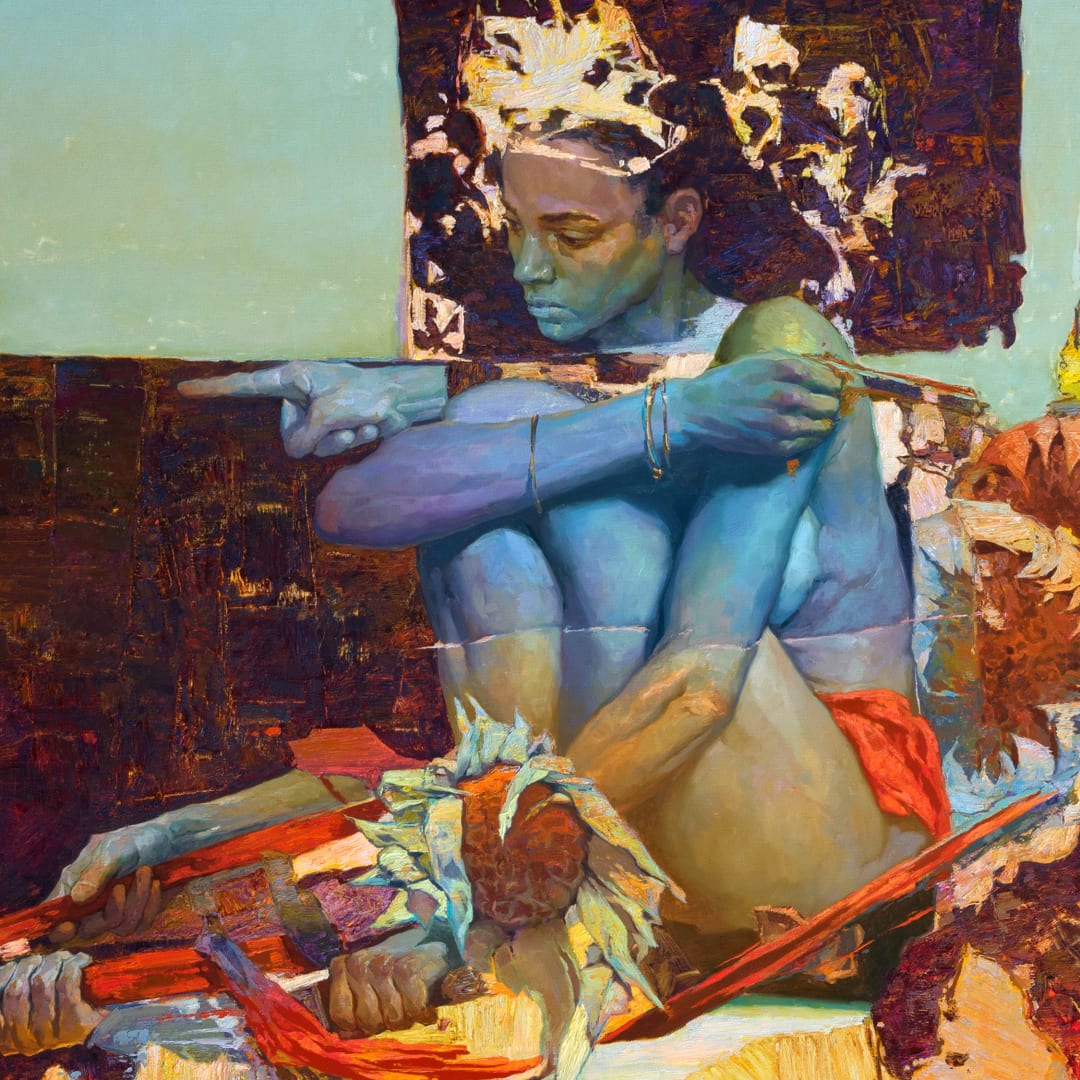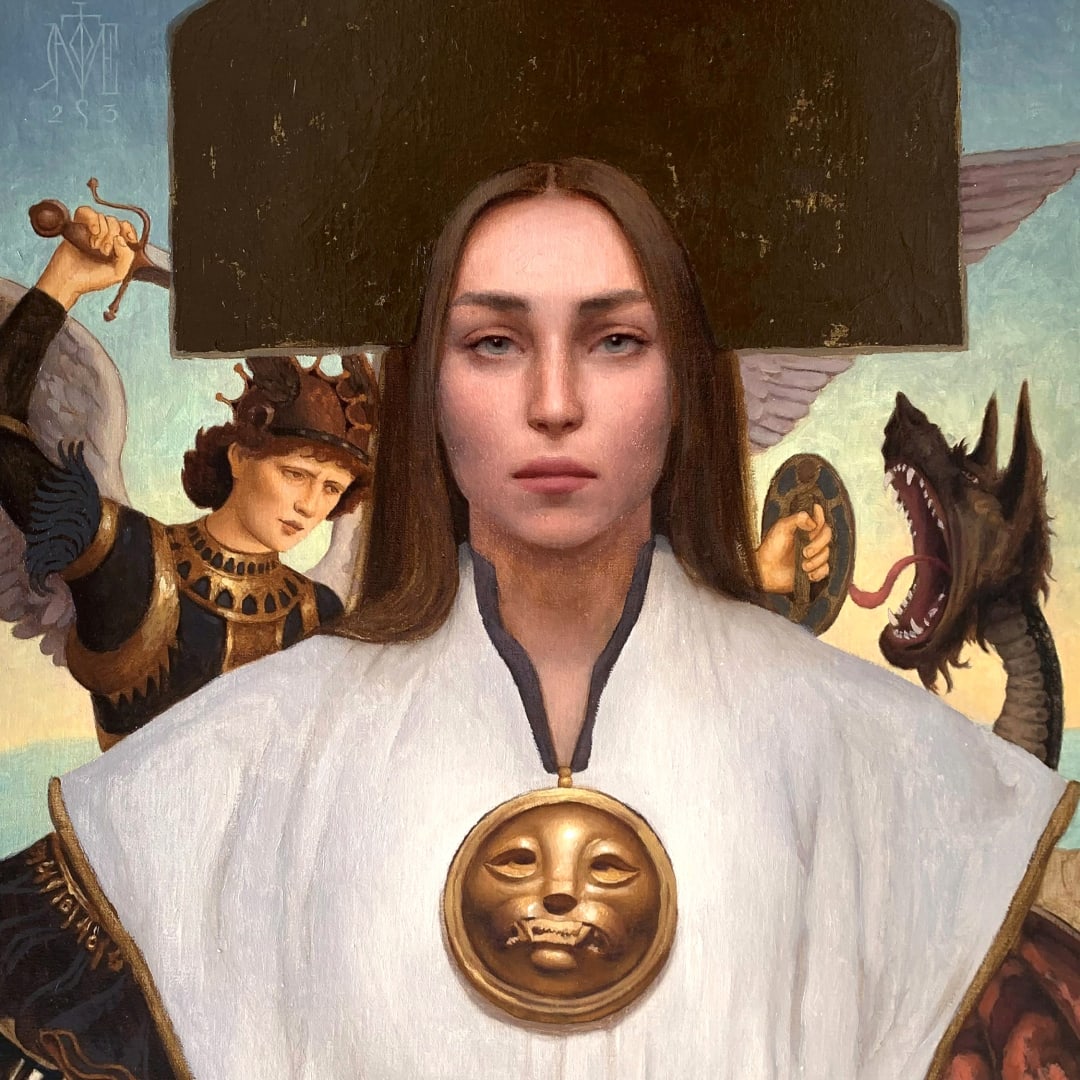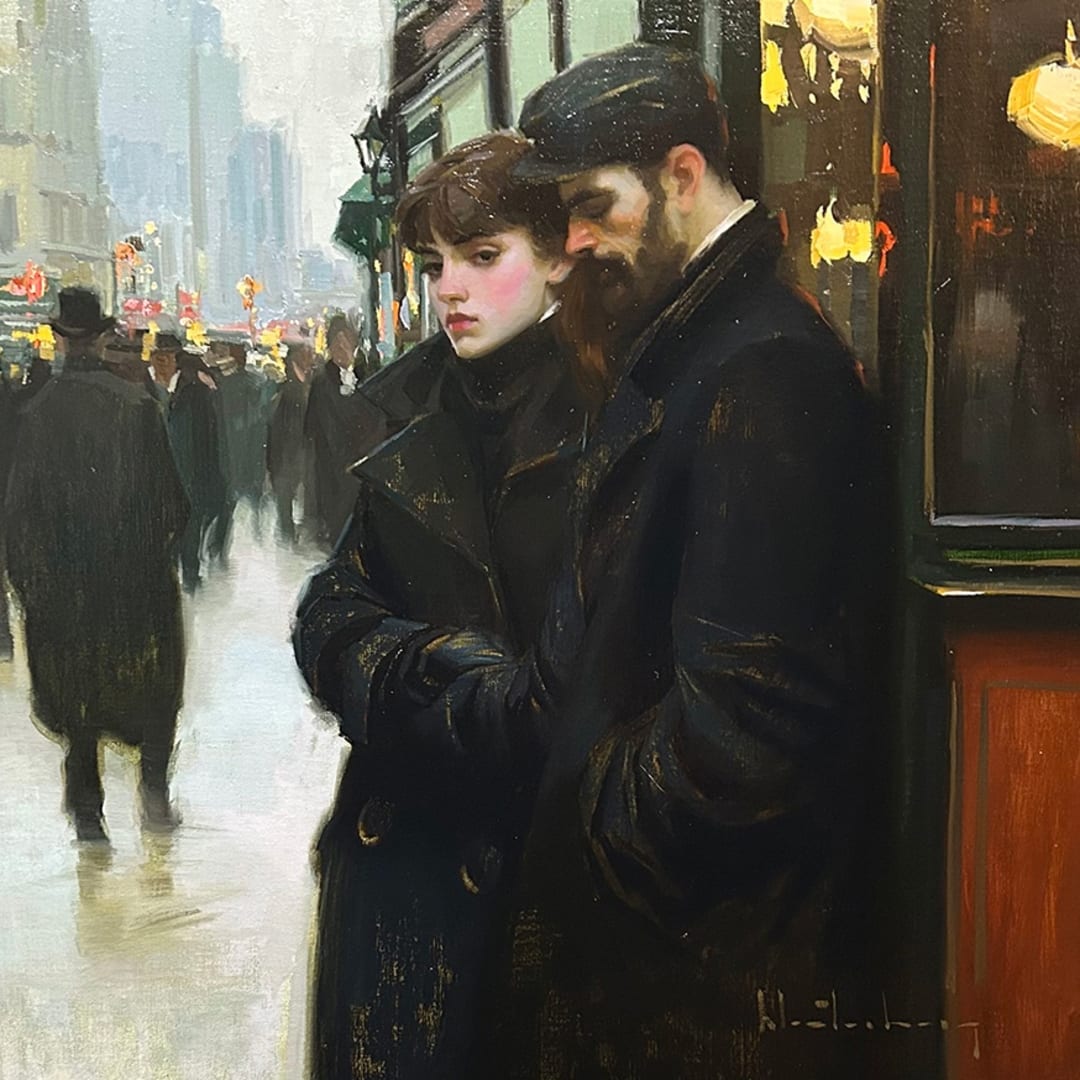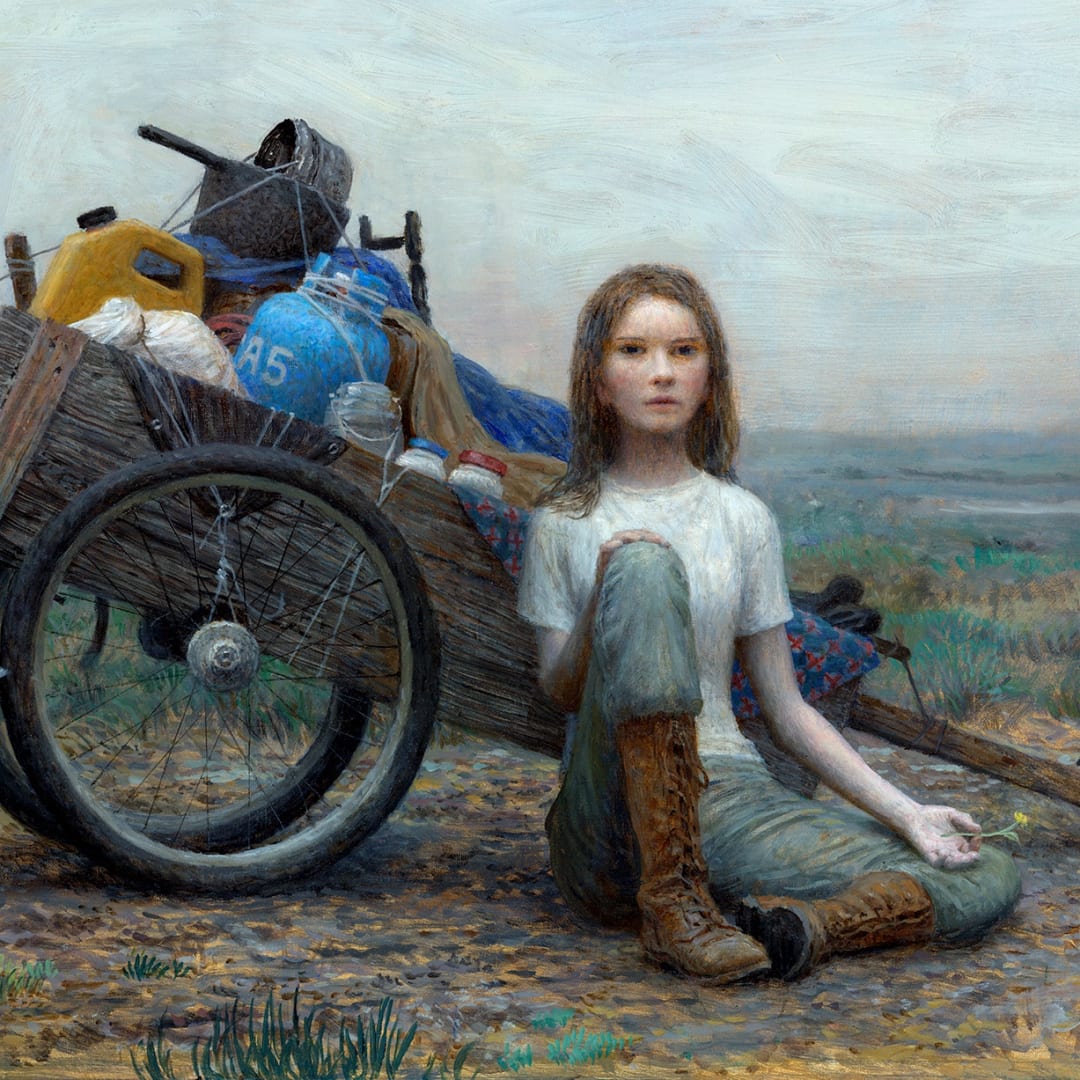REPRESENTING
-
Nick Alm
-
Mary Jane Ansell
-
John Brosio
-
Michael Chapman
-
Matthew Cornell
-
Stephen Fox
-
Ron Hicks
-
Miriam Hoffmann
-
Patrick Kramer
-
Brad Kunkle
-
Malcolm T. Liepke
-
Jeremy Lipking
-
Stephen Mackey
-
Renato Muccillo
-
Alberto Ortega
-
Julio Reyes
-
Jeffrey Ripple
-
Alex Russell Flint
-
Denis Sarazhin
-
Arinze Stanley
-
Alex Venezia
-
Jose Lopez Vergara
-
Aaron Westerberg
-
Aron Wiesenfeld





